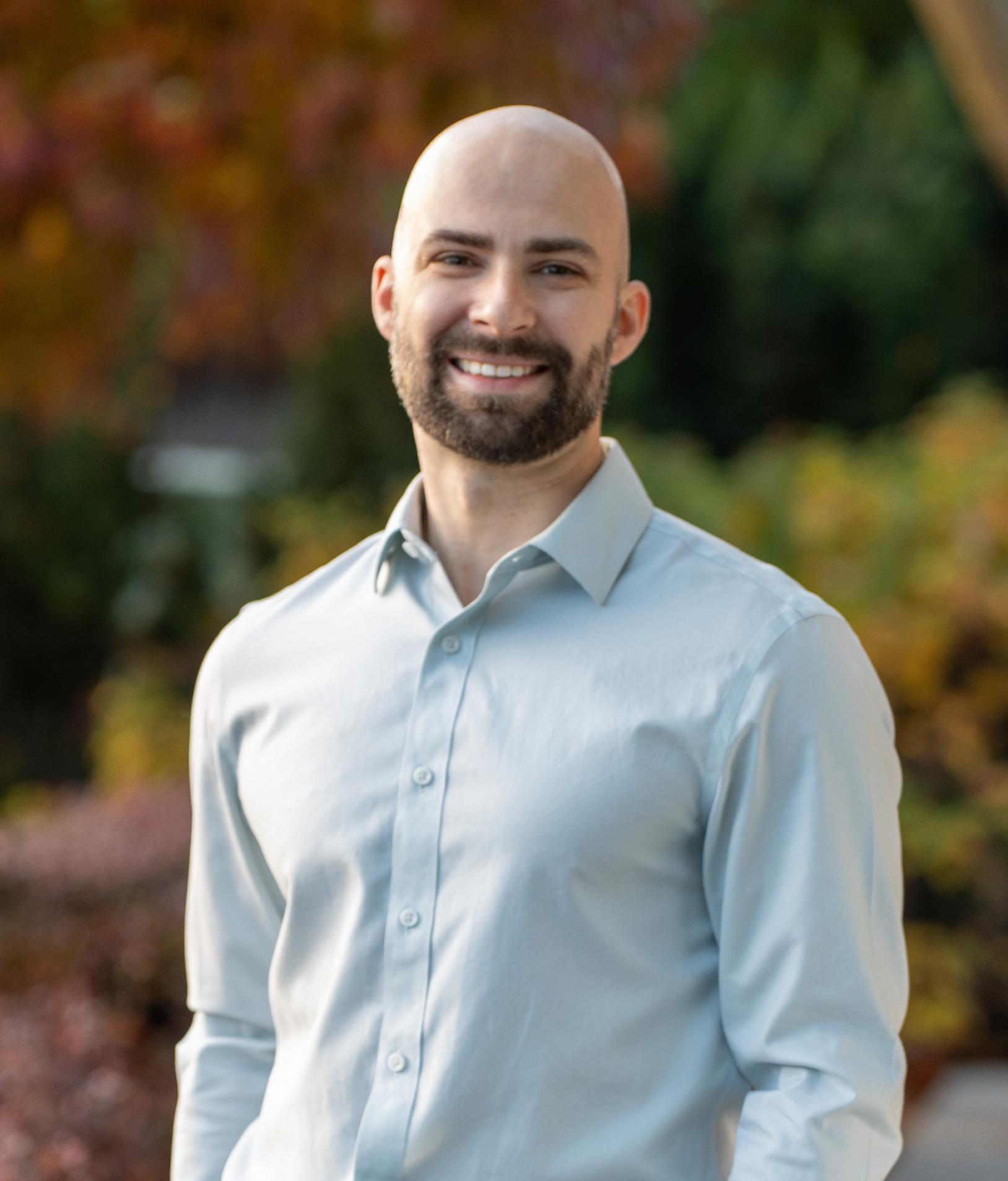By Justin Dovale, BSc(Pharm), MBA

I opened my first pharmacy in 2021 during the COVID-19 pandemic, at a time when public health restrictions meant many people were not visiting pharmacies in-person.
Back then, I was trying to build up the business and was focusing on how to become sustainable even with lower volumes of patients. In hindsight, this was a mistake. The volume wasn’t low for long, and today, I find that we no longer have room to expand to include more staff in our small workspace.
Pharmacy is changing. Since I opened my pharmacy, we now have minor ailments prescribing, expanded authority for injections and adaptations, and even the ability to order lab tests. As a profession, we are moving towards the delivery of primary care.
Were I to do it again today, I’d take the different approach of investing into a space that I know I will grow into, especially with a consideration of where my staff and I can perform all these new clinical services that we want to offer.
Consider this: many traditional pharmacies will often only have a drop off or pick up location where patients have nowhere to sit down to speak with the pharmacist. There is often a single consultation room, which doubles up as a personal office, extra storage and perhaps as a space for staff to eat lunch.
But with minor ailments and possibly chronic disease management on the horizon, I keep thinking, where are we going to have these conversations with people? Personally, I think the future of our profession is in drug therapy management, not just in dispensing, and these conversations are going to make up a growing part of our work.
So the question is, what considerations should someone opening up a new pharmacy keep in mind?
I like to point to a concept that some refer to as a “pharmacist first” model that I think is worth examining. This is where a pharmacy has its pharmacist as the first point of contact, unlike a traditional model where the pharmacist positions themselves at the back-end of the workflow, doing final checks and patient consultation as the very last step before the patient leaves the pharmacy.
In a pharmacist first model, the pharmacist does the consultation upfront, takes care of the clinical work and essentially “signs off” on the therapeutic portion of the patient visit, before handing the administrative and technical work to the assistants and having a registrant, ideally a technician, do the final product check. This can lead to potentially fewer errors in the workflow and possibly a better patient experience.
Here’s an example: under the traditional way of doing things, imagine you are the patient and you’ve dropped off your prescription and are asked to come back in 30 minutes. You come back, just for the staff to tell you that your prescription is not ready because something needs to be clarified with the prescriber. That’s not the best experience for the patient.
But if the pharmacist was the first point of contact, a potential issue with the prescription can be identified off the bat. That information can be communicated to the patient immediately to create an understanding that the patient might have to come back later in the day, or come back on another day once the issue is resolved.

Justin Dovale (left) and the team at Two Nice Guys Pharmacy in Kelowna.
This leads back to the idea of considering the sort of pharmacy space that you want to grow into early in your business planning process. If you want to be involved in providing clinical services at your pharmacy, you will likely need to design your space so there are multiple consultation spaces, whether private or semi-private, positioned in a way that puts you, the pharmacist, as the first point of contact.
You want to have enough square footage in your business space where you know you will have enough storage space, enough private offices, enough computer workstations for your immediate needs, in addition to your future needs should you decide to hire more staff later on.
And on the retail portion, you really want to think hard about how you want to fill that space. Most of us thinking about starting their own independent pharmacy know we can’t compete on matching the big box stores in product selection and pricing. So ask yourself, what is your niche?
What sort of services do you want your pharmacy to offer, and what sort of products will you be placing on your shelves to complement your services?
Back in the day, it used to be that the most important consideration for a pharmacy is location. Put your store in the right location, say in a plaza next to a walk-in clinic, and the business will come.
Things have changed. Fewer people are coming in with paper prescriptions in their hand due to the adoption of telemedicine and electronic prescriptions, and having a good location that solely focuses on dispensing services is no longer the most important factor of success.
Instead, I believe we should all be competing on services. Pick a service or two that you excel at and that your pharmacy will specialize in. The public is increasingly relying on our profession to offer all kinds of health-care services. Give the people what they want. Because if you’re good, people will come find you.
Graduating from UBC's Faculty of Pharmacy in 2011, Justin Dovale dedicated four years to front-line pharmacist roles, before transitioning into a regional management position. He furthered his education with an MBA from Simon Fraser University in 2017. During the COVID-19 pandemic, he moved to Kelowna and co-founded two pharmacies.
The above is a paid advertisement. For advertising inquiries, please contact michael.mui@bcpharmacy.ca.
